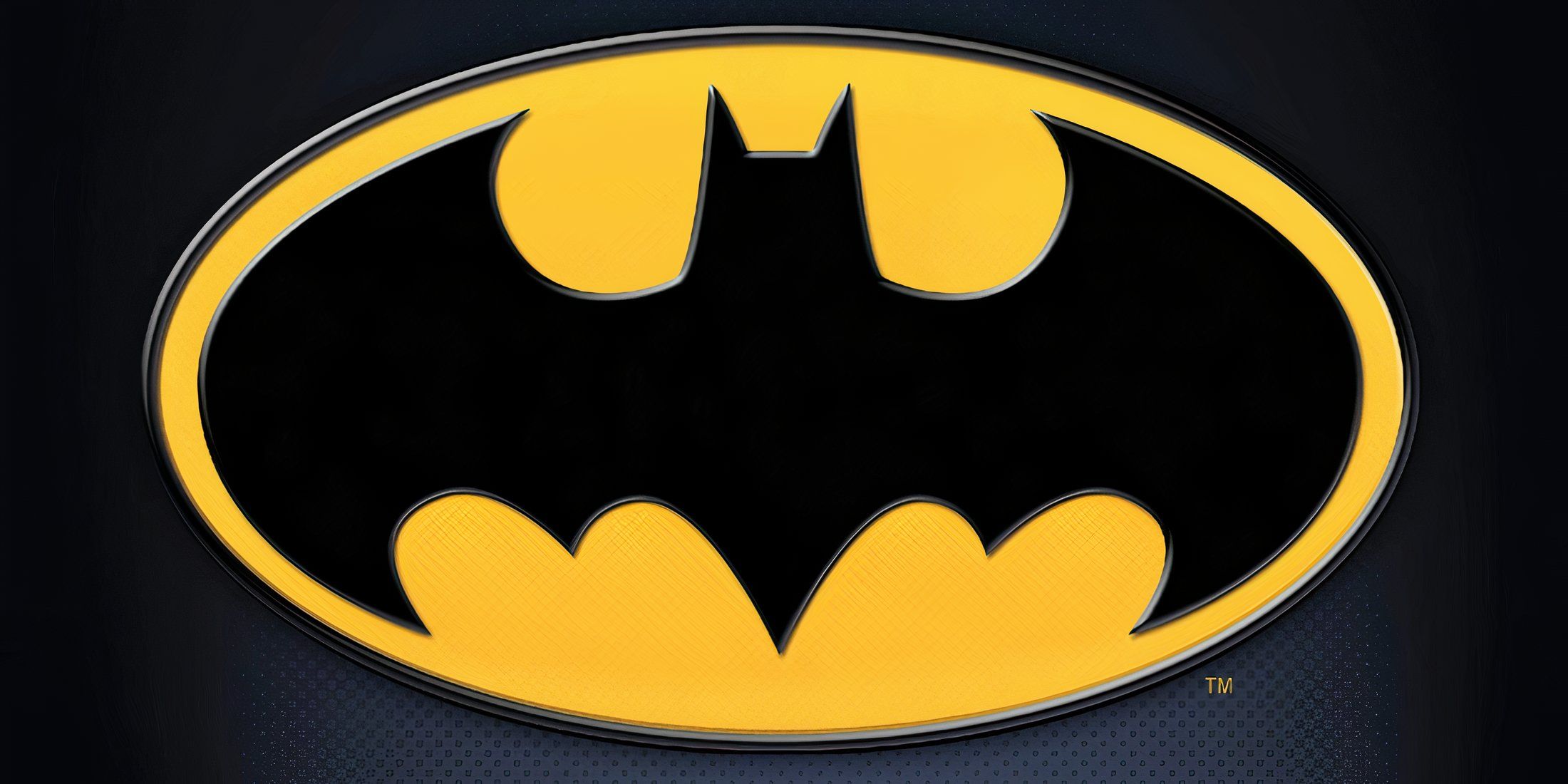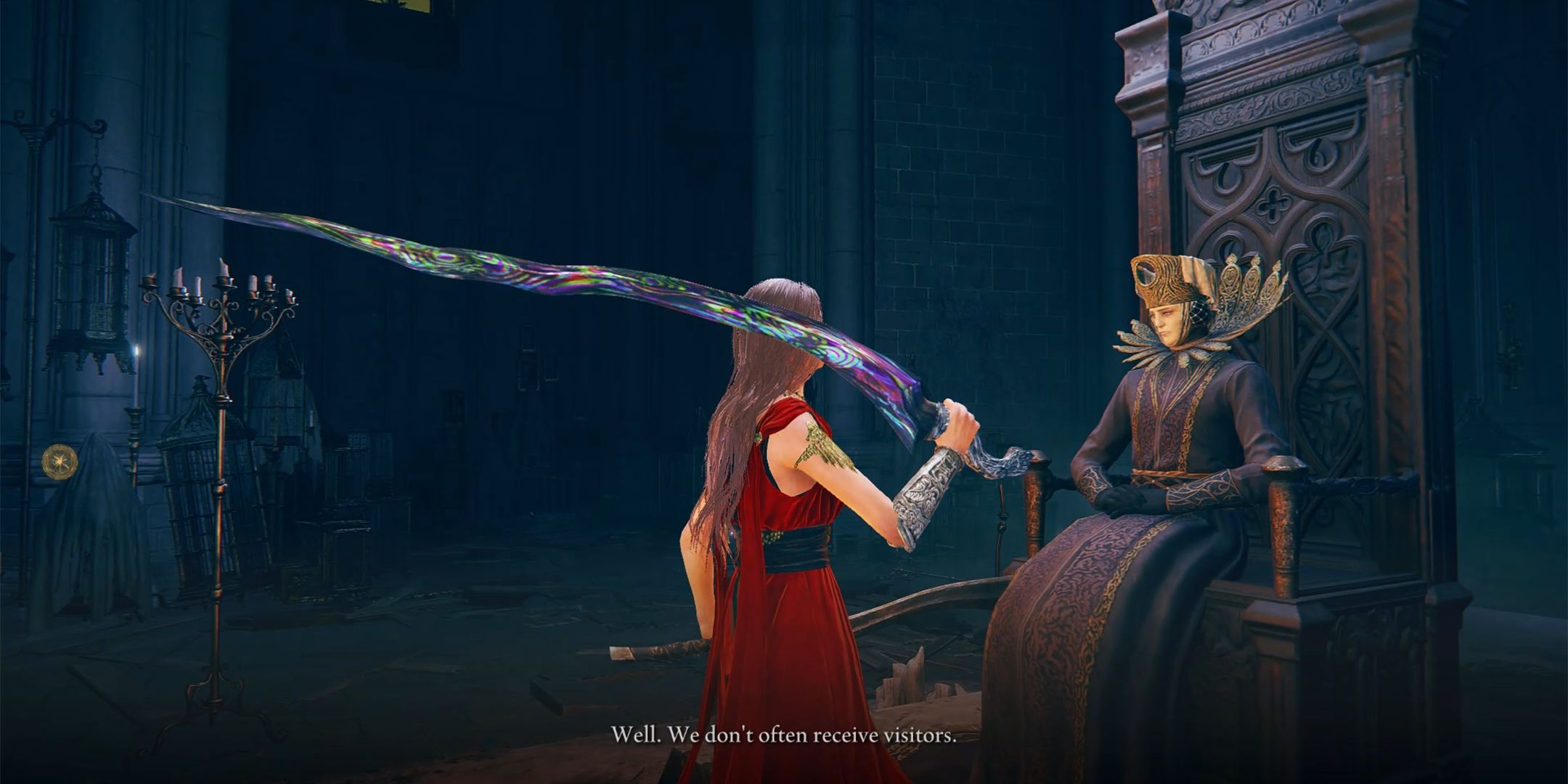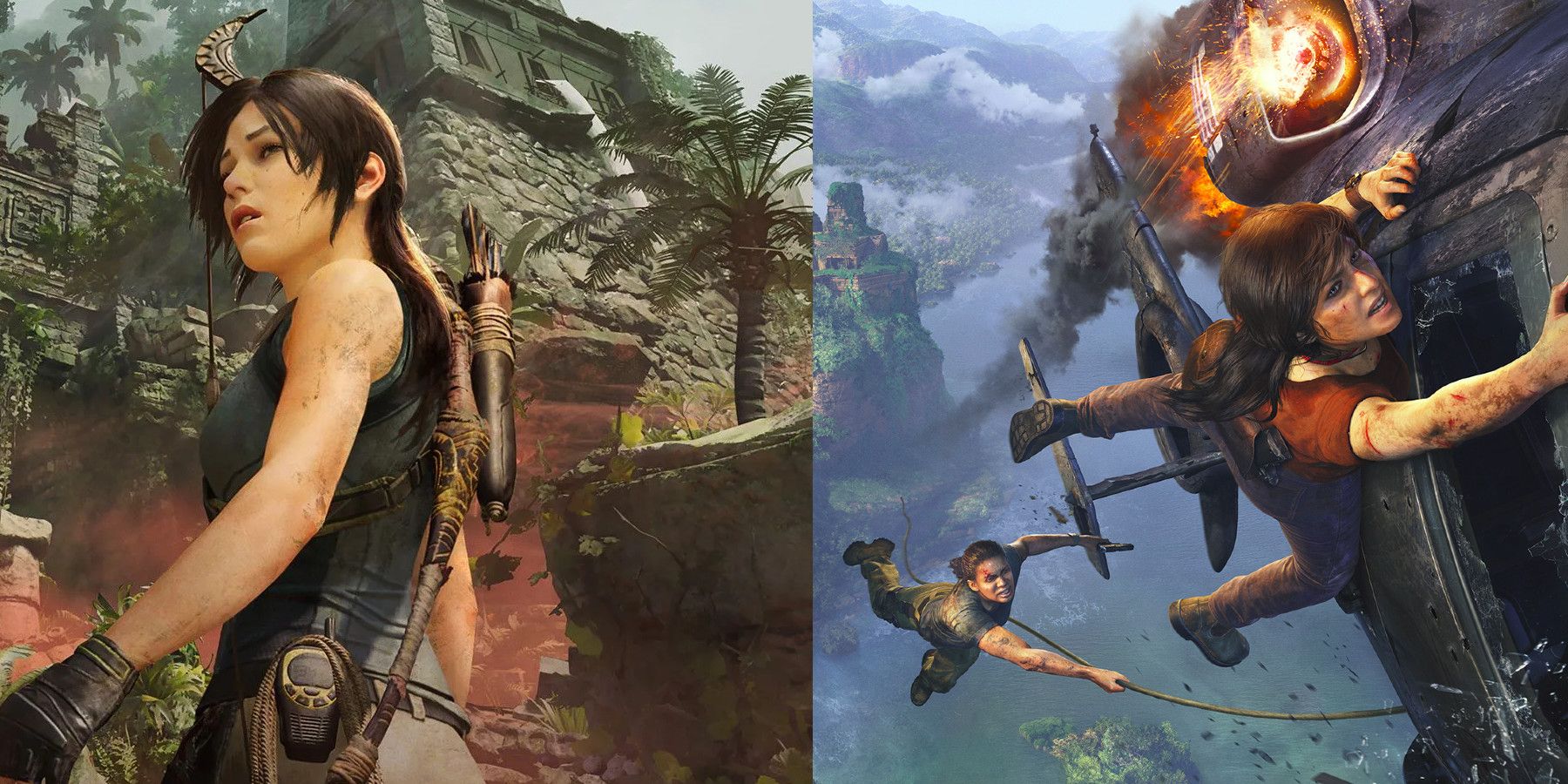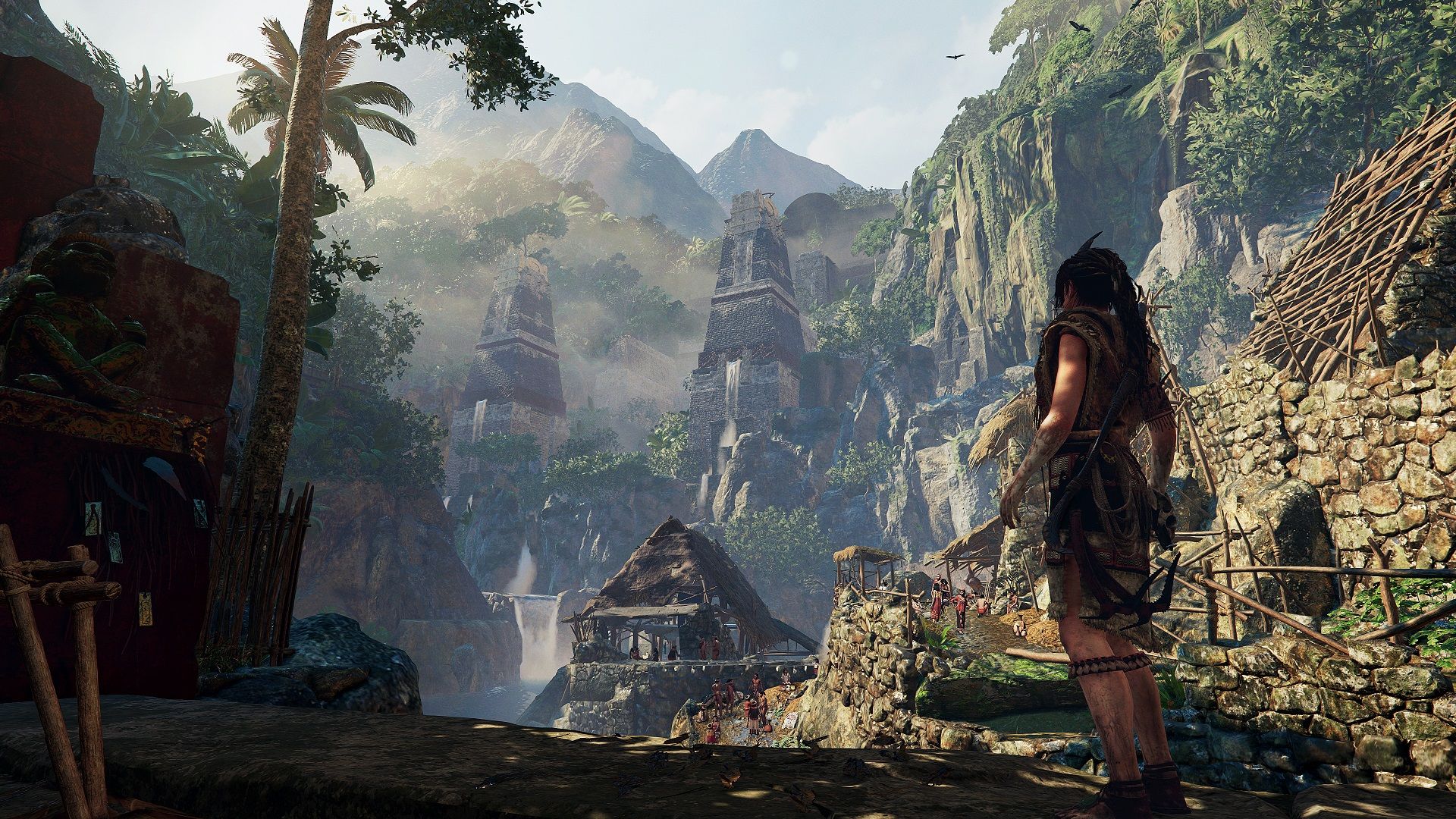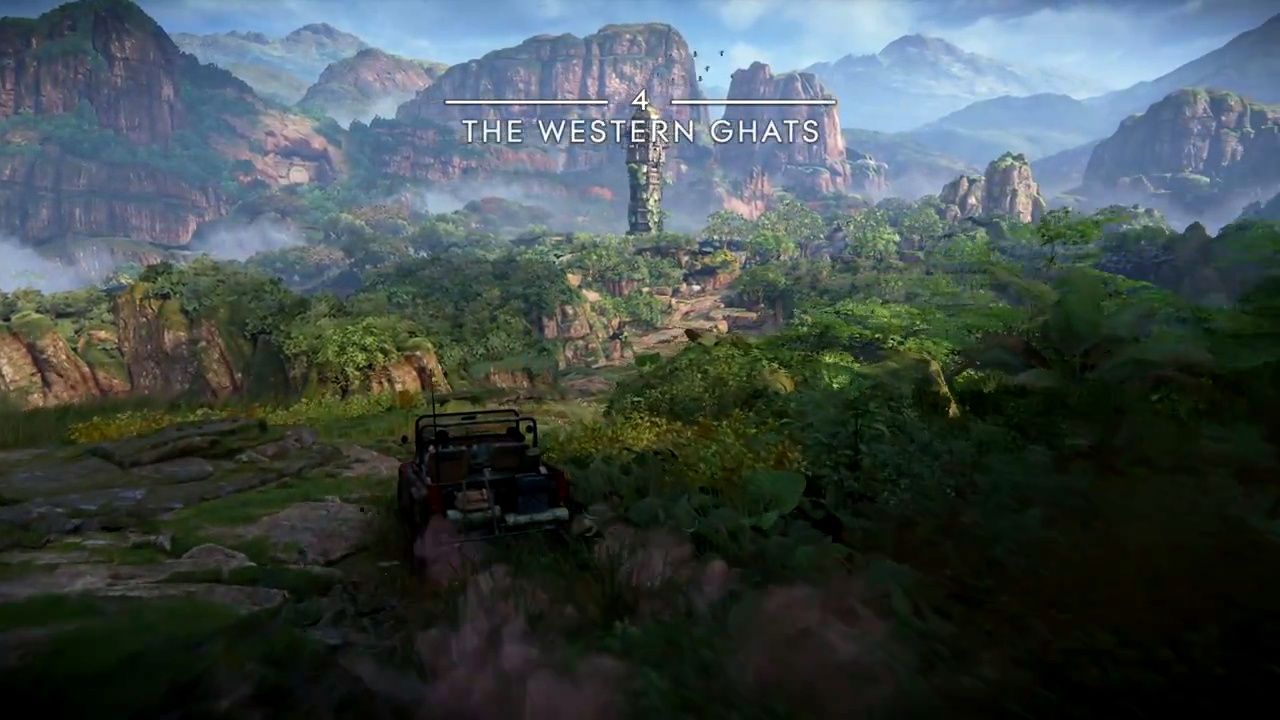Despite not receiving a new entry since 2018's Shadow of the Tomb Raider, there has been major movement in the Tomb Raider series recently. This is mainly due to the IP and its primary developer, Crystal Dynamics, being sold from Square Enix to Embracer Group earlier this year as part of a deal consisting of much of Square Enix's western IP and studios. Recently, it has been revealed that Amazon Games will be publishing the next major title in the series, with its television division preparing to produce a new Tomb Raider TV series.
With all of this buzz, it seems like 2023 will be a big year for the Tomb Raider IP, which hopefully culminates in the reveal of the next mainline Tomb Raider game at some point during the year. Despite the development reverting back to Crystal Dynamics however, there is a lot to be learned from Eidos Montreal's work on Shadow of the Tomb Raider, mainly from its return to the series' roots with its larger emphasis on puzzle solving in tombs and crypts. There's even another big game the next Tomb Raider can pull some inspiration from - Uncharted: The Lost Legacy.
Pushing Tomb Raider Forward
Tomb Raider's recent 'Survivor' trilogy is a great example of a trilogy that improves as each new title releases, learning from the mistakes of the past titles and pushing the series forward. Strangely enough though, the final entry in this trilogy, Shadow of the Tomb Raider, was not developed by Crystal Dynamics, the studio behind Tomb Raider (2013) and Rise of the Tomb Raider. Despite this, Eidos Montreal blended elements from the reboot series with the classic Tomb Raider franchise successfully with Shadow's more open structure and hefty amount of optional tombs and crypts, many of which were a thrill to explore.
While the previous entries in the series also featured optional tombs, Shadow of the Tomb Raider upped the ante by trading Rise of the Tomb Raider's frequent combat scenarios with more intricate level designs and more mandatory tombs that required the player to stop in their paces and solve a physical puzzle with the tools at their disposal. This decision helped return the series to its roots of treasure hunting, bringing back the thrill of classic films such as Raiders of the Lost Ark and The Mummy. Given that Lara is a fully fledged tomb raider by the end of Shadow, this is a trend the series should continue exploring even beyond the Survivor trilogy.
What Tomb Raider Can Learn From Uncharted: The Lost Legacy
In many ways, Uncharted: The Lost Legacy felt like an unofficial Tomb Raider game thanks to its focus on two memorable female protagonists and an Indian jungle setting. The Lost Legacy's most noteworthy introduction, however, was its central open-ended sequence upon entering the jungle, which sees protagonists Chloe Fraser and Nadine Ross traveling around in a buggy similar to Uncharted 4: A Thief's End's Madagascar sequence. The main difference between the two though is that The Lost Legacy allows players to tackle its four locations in any order, which seems like a perfect fit for the next Tomb Raider.
While Tomb Raider's Survivor trilogy featured areas and level designs far more complex than Uncharted's mostly linear corridors and scripted platforming sequences, the games weren't truly "open-world" thanks to their dependence on specific open locations for exploring and hunting. While there's debate over whether the next Tomb Raider game should go fully open-world, The Lost Legacy provides a good blueprint for how to blend even more open level designs and non-linear sequences with the already impressively open level designs present in Crystal Dynamics and Eidos Montreal's games. Such levels could even take inspiration from The Lost Legacy's collectibles, which are hidden around the map, even in places players wouldn't consider looking.
Uncharted: The Lost Legacy's approach to open, non-linear level design during its fourth chapter seems like the blueprint for the future of the Tomb Raider series that Crystal Dynamics should take note of going into the franchise's next big game, especially harnessing the power of current generation hardware on Unreal Engine 5. There is a lot of potential for sequences that see Lara driving around an open field, exploring mandatory and optional tombs in non-linear sequencing to break up the expected linear, combat centric moments that fans know and love.
The next Tomb Raider game is currently in development.

